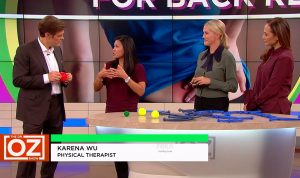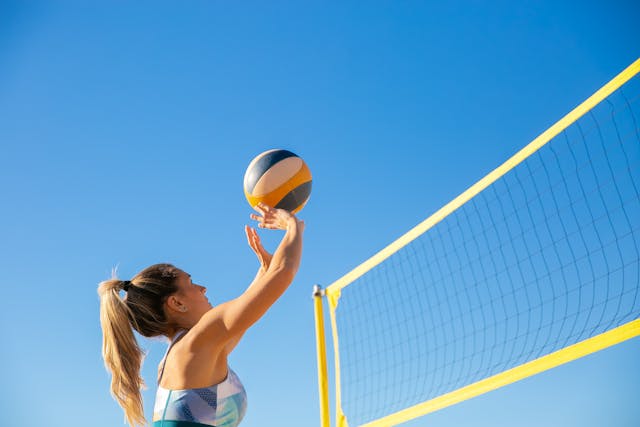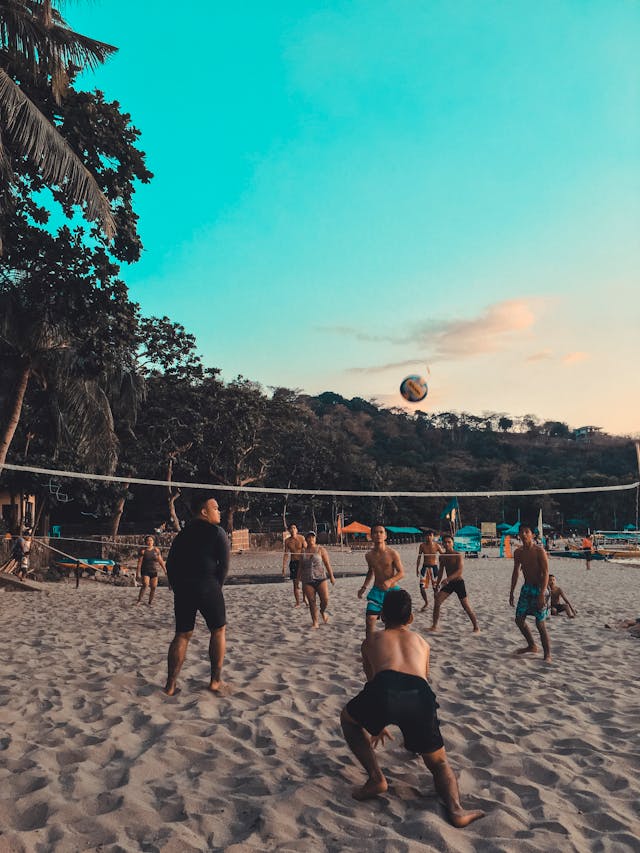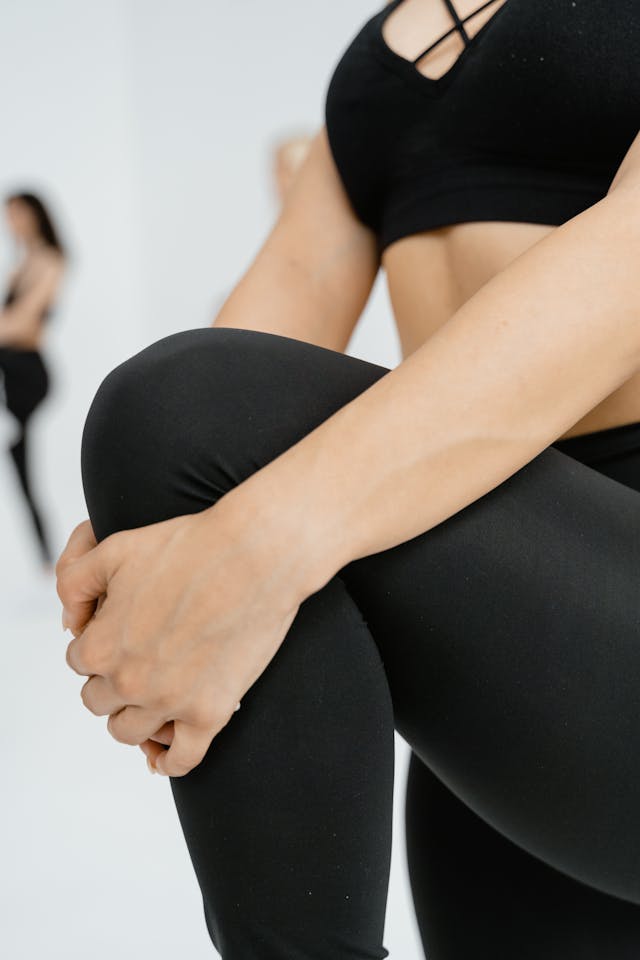 ActiveCare Physical Therapy, PC
ActiveCare Physical Therapy, PC
29 West 38th Street
Suite 601
New York, NY 10018

* We Accept Medicare | No Fault | Workers Comp *
Volleyball Knee Injuries: Causes, Prevention, and Recovery
In this article, we’ll explore the causes of volleyball knee injuries, strategies for prevention, and the steps to recover from such injuries. Volleyball is a dynamic and physically demanding sport that involves rapid movements, jumps, and quick changes in direction. While it’s an exciting game, it also comes with the risk of various injuries, including knee injuries. Knee injuries can be particularly common among volleyball players due to the demands of the sport.

Common Causes of Volleyball Knee Injuries
Several factors can contribute to knee injuries in volleyball players, including:
1. Landing Mechanics
Incorrect landing mechanics after a jump can place excessive stress on the knees. Landing with the knees straight or inwards instead of bent can increase the risk of injury.
2. Overuse
Repetitive jumping and running can lead to overuse injuries in the knees, such as patellar tendinitis or iliotibial (IT) band syndrome.
3. Sudden Twists and Turns
Quick changes in direction or unexpected movements on the court can strain the knee ligaments and structures.
4. Contact with Other Players
Collisions or contact with other players, especially at the net, can result in knee injuries.
Preventing Volleyball Knee Injuries
 Prevention is crucial when it comes to knee injuries in volleyball. Here are some strategies to reduce the risk:
Prevention is crucial when it comes to knee injuries in volleyball. Here are some strategies to reduce the risk:
1. Proper Training and Technique
Work with a qualified coach to ensure that you learn and practice proper jumping, landing, and cutting techniques.
2. Strength and Conditioning
Incorporate strength training exercises into your routine to build leg muscles and improve joint stability.
3. Stretching and Flexibility
Regular stretching and flexibility exercises can help maintain good range of motion and reduce the risk of injuries.
4. Protective Gear
Consider using protective gear like knee pads to provide cushioning and support during play.
5. Rest and Recovery
Allow your body adequate time to recover between games or practices to prevent overuse injuries.
Recovery from Volleyball Knee Injuries
If you’ve sustained a knee injury while playing volleyball, it’s essential to seek appropriate treatment and follow a structured recovery plan. The recovery process may include:
1. Rest
Resting the injured knee is vital to allow the tissues to heal properly.
2. Physical Therapy
Physical therapy can help restore strength, flexibility, and range of motion in the knee. Therapists use various techniques and exercises to facilitate recovery.
3. Pain Management
Pain management techniques, such as ice, elevation, and over-the-counter pain relievers, can help alleviate discomfort.
4. Bracing or Support
In some cases, a knee brace or support may be recommended to stabilize the injured joint during recovery.
5. Gradual Return to Play
Reintroducing volleyball-related activities gradually and under the guidance of a healthcare professional to prevent re-injury.
How Physical Therapy Can Help
 Physical therapy plays a significant role in the rehabilitation of volleyball-related knee injuries. A physical therapist can create a tailored recovery plan that may include:
Physical therapy plays a significant role in the rehabilitation of volleyball-related knee injuries. A physical therapist can create a tailored recovery plan that may include:
1. Strengthening Exercises
Targeted exercises to rebuild and strengthen the muscles around the knee for added stability.
2. Range of Motion Exercises
Gentle exercises to improve knee flexibility and mobility.
3. Neuromuscular Re-education
Techniques to enhance muscle control and coordination, reducing the risk of future injuries.
4. Manual Therapy
Hands-on techniques to alleviate pain, improve circulation, and enhance tissue healing.
Volleyball Knee Injuries: Conclusion
 Knee injuries can be a setback for volleyball players, but with the right prevention strategies and a structured recovery plan, you can return to the court stronger and more resilient. If you’re dealing with a volleyball-related knee injury, consider seeking the expertise of a physical therapist, such as those at ActiveCare Physical Therapy™. Our team can provide specialized care and guidance to help you recover and get back to enjoying the sport you love.
Knee injuries can be a setback for volleyball players, but with the right prevention strategies and a structured recovery plan, you can return to the court stronger and more resilient. If you’re dealing with a volleyball-related knee injury, consider seeking the expertise of a physical therapist, such as those at ActiveCare Physical Therapy™. Our team can provide specialized care and guidance to help you recover and get back to enjoying the sport you love.
Contact Information
ActiveCare Physical Therapy™
29 West 38th Street, Suite 601
New York, NY 10018
Phone: (212) 777-4374
Email: staff@bestptnyc.com
Website: https://activecarephysicaltherapy.com/
